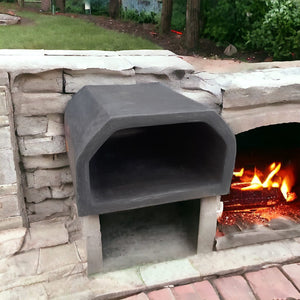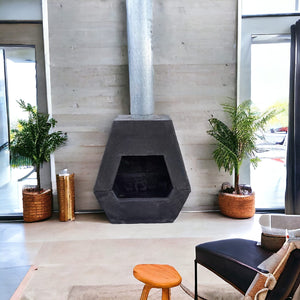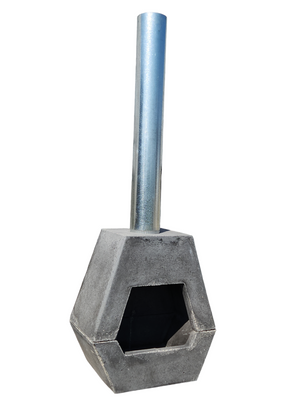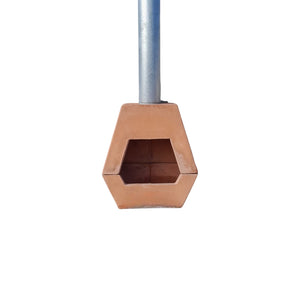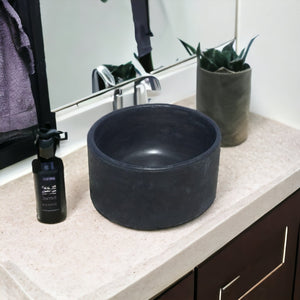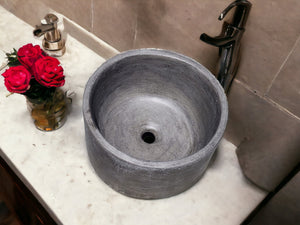Bee Facts for Kids
- Beekeepers use smoke to calm bees when they are collecting honey or relocating a hive.
- Bees make honey to feed their young and so they have something to eat during the winter.
- Killer bees have been known to chase people for over a 1/4 mile once they get excited and aggressive.
- Certain species of bees die after stinging because their stingers, which are attached to their abdomen, have little barbs or hooks on them. When this type of bee tries to fly away after stinging something, part of the abdomen is ripped away.
There are about 20,000 different species of bees in the world. Bees live in colonies that contain the queen bee, the worker bee and the drone. The worker bee and the queen bee are both female, but only the queen bee can reproduce. All drones are male. Worker bees clean the hive, collecting pollen and nectar to feed the colony and they take care of the offspring. The drone’s only job is to mate with the queen. The queen’s only job is to lay eggs.
Bees store their venom in a sac attached to their stinger and only female bees sting. That is because the stinger, called an ovipositor, is part of the female bee’s reproductive design. A queen bee uses her ovipositor to lay eggs as well as sting. Sterile females, also called worker bees, don’t lay eggs. They just use their ovipositors to sting.
Bees see all colors except the color red. That and their sense of smell help them find the flowers they need to collect pollen. Not only is pollen a food source for bees, but also some of the pollen is dropped in flight, resulting in cross pollination. The relationship between the plant and the insect is called symbiosis.
Teachers and students alike can find additional bee facts and information on bee pest control at the official NPMA website.

Bumble Bees
Bumblebees are considered to be beneficial insects because they pollinate crops and plants. They are very social bees and live in large "families".
Unlike honeybees, bumblebees can sting more than once because their stingers are smooth and do not get caught in the skin when they fly away.
- Size: 1"
- Shape: Oval, bee shaped
- Color: Black with yellow stripes
- Legs: 6
- Wings: Yes
- Antenna: Yes
- Common Name: Bumble bee
- Kingdom: Animalia
- Phylum: Arthropoda
- Class: Insecta
- Order: Hymenoptera
- Family: Apidae
- Species: Bombus
Diet:
Worker bees gather both pollen and nectar from flowers to feed to the larvae and other members of the colony.
Habitat:
Bumblebees often nest in the ground, but can be found above ground around patio areas or decks. They will sometimes build their nests in attics or under roof beams. If disturbed, bumblebees will buzz in a loud volume, and they will aggressively defend their nests.
Impact:
As part of the aggressive defense of their nests, bumblebees will chase nest invaders for long distances. The bumblebee sting is one of the most painful stings. Swelling and irritation can last for days after you are actually stung.
Prevention:
- Bumblebees can be prevented through inspection of potential nesting areas and removal of potential nesting materials.
- Because bumblebees will sting when threatened, homeowners are advised not to address the infestation themselves. A pest management professional or beekeeper should be called in to help.
Find more bumblebee facts in addition to information on bumble bee pest control at the official NPMA website.

Carpenter Bees
Carpenter bees are solitary bees. They build nests just for themselves and only feed their own young. They get their name from their ability to drill through wood. Carpenter bee stingers are not barbed, so they are able to sting over and over again.
- Size: 1"
- Shape: Oval, bee shaped
- Color: Blue-black
- Legs: 6
- Wings: Yes
- Antenna: Yes
- Common Name: Carpenter bee
- Kingdom: Animalia
- Phylum: Arthropoda
- Class: Insecta
- Order: Hymenoptera
- Family: Apidae
- Species: Xylocopa
Diet:
Worker bees gather both pollen and nectar from flowers to feed to the larvae and other members of the colony.
Habitat:
Carpenter bees bore through soft woods to lay eggs and protect their larvae as they develop. Female carpenter bees will chew a tunnel into a piece of wood to build a nest gallery. The bits of wood she chews and deposits outside the nest are called "frass". The tunnel openings usually look about one or two inches deep, but they can be up to 10 feet long! These tunnels usually have several rooms where the bees hold their eggs and food.
Impact:
Carpenter bees do not pose a public health threat, but they can do cosmetic damage to the wood where they build their nests. Carpenter bees are beneficial because they pollinate plants that are ignored by Honeybees.
Prevention:
- Carpenter bees can drill into almost any wood, but prefer bare wood, so painting and staining wood can sometimes deter them.
- However, they will sometimes attack stained or painted wood, and their nests can be hard to reach, so a pest management professional or beekeeper should be called in to help.
Find information on carpenter bee pest control at the official NPMA website.
Check out this awesome website. These guys doing a great job. Kudos.
https://pestworldforkids.org/pest-guide/bees/

